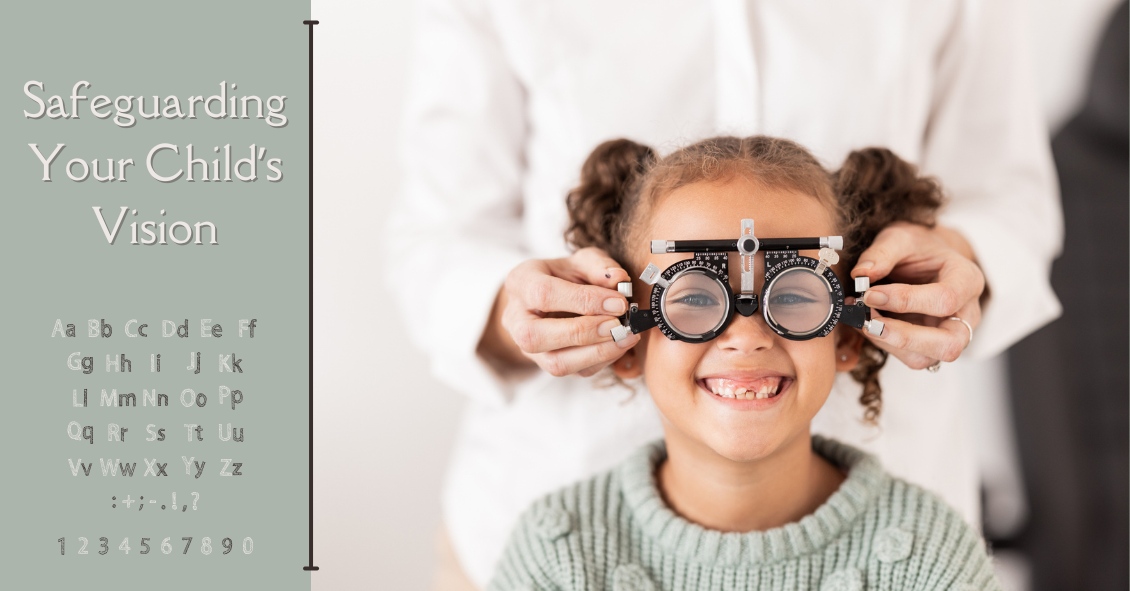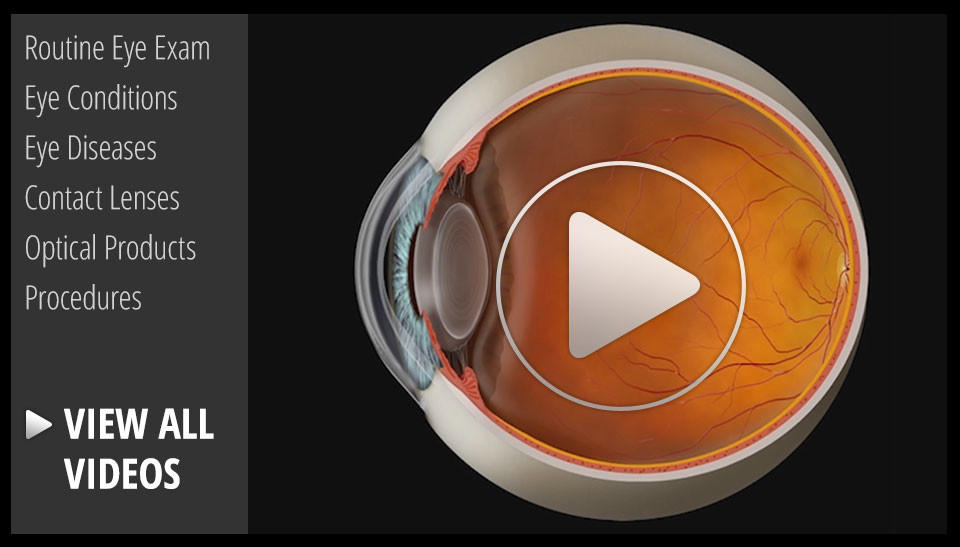Blog

Just like adults, children need to have their eyes examined. This need begins at birth and continues through adulthood.
Following are common recommendations for when a child needs to be screened, and what is looked for at each stage.
A child’s first eye exam should be done either right at or shortly after birth. This is especially true for children who were born prematurely and have a very low birth weight and may need to be given oxygen. This is mainly done to screen for a disease of the retina called retinopathy of prematurity (ROP), in which the retina does not develop properly as a result of the child receiving high levels of oxygen. Although rarer today due to the levels being monitored more closely, it is still a concern for premature babies.
The next time an eye exam is in order is around 6 months. At this stage, your pediatric eye doctor will check your child’s basic visual abilities by making them look at lights, respond to colors, and be able to follow a moving object.
Your...

The sun does some amazing things. It plays a role in big helping our bodies to naturally produce Vitamin D. In fact, many people who work indoors are directed to take Vitamin D supplements because of lack of exposure to the sunshine.
But being in the sun has risks, as well...
If sunglasses are not worn, there is a greater risk for cataracts or skin cancers of the eyelids. It is important to know that not all sunglasses are made alike. UVA, UVB, and UVC rays are the harmful rays that sunglasses need to protect us from.
However, many over the counter sunglasses do not have UV protection built into the lenses, which can actually cause more damage than not wearing sunglasses, especially in children. 80% of sun exposure in our lives comes in childhood. Without UV protection in sunglasses, when the pupil automatically dilates more behind a darker lens, more of the sun's harmful rays are let in.
The whole point is that consumers should be aware that it is vital to buy sunwear that has UV...


